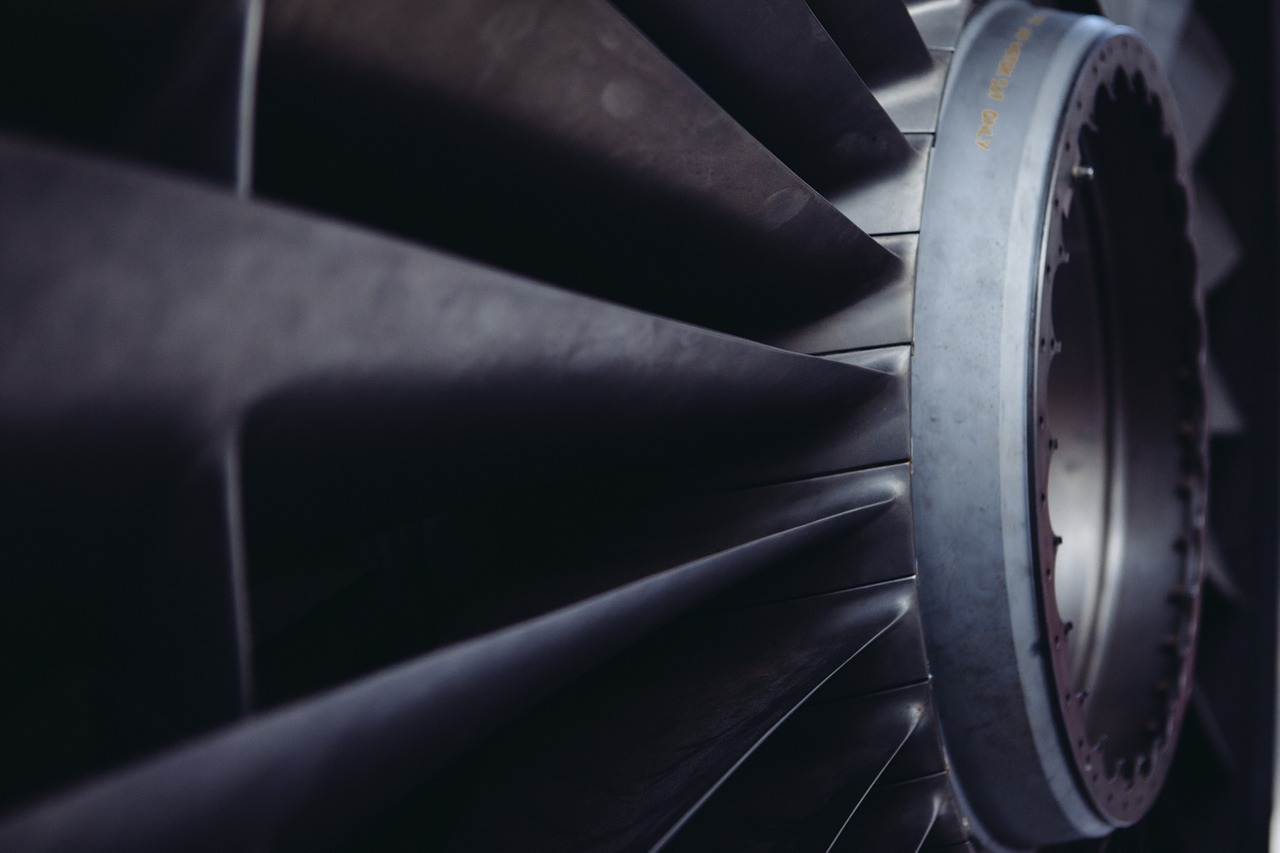Manufacturers have developed and modified multiple types of machinery over the years for optimal energy generation. Different types of turbines, in particular, have proven effective in powerful electrical power production for small-scale and large-scale facilities. For example, the renewable energy market size worldwide is expected to grow at a 6.1% CAGR between 2021-2027 potentially.
Out of the types of turbines available in the market, two common sources of large-scale power generation are steam and gas turbines. Statistically, the gas turbine market size can grow at 8% CAGR by 2026. The main contributor to their high energy output potential is the spinning motion of the rotors inside the system(s). In this article, you would learn more in-depth about how the spinning function inside turbines generates power.
How Do Turbines Work?
The turbine connects to the generator in the power plants, which operates in a similar capacity to electric motors. In the MDA turbines, particular sources of energy shift into mechanical energy to turn the shaft. Typically, the types of sources are gas, water, wind, or diesel engine, depending on the turbine type.
There are magnets attached to the turning shaft which creates a magnetic field. These fields transform into altered electric fields that create current inside the conductor. For this conversion, the wire coils wrapped around the active magnets extract and alter the magnetic ripples.
For the conversion of electric energy via kinetic energy, the movement of the shaft afterwards is responsible. In modern industrial generators, the rotating components are large copper wire coils and magnets. The spinning wheels twist and generate a huge stream of electrons that convert into electric energy afterwards.
Additionally, many manufacturers utilize standard 3-phase asynchronous motors with capacitors to spin them like generators. They use three attached wires and spin the motor at a 50Hz frequency speed for synchronized energy output.
The Operational Ability of Steam Turbines
In steam turbines, the main source of thermal energy comes from the super pressurized steam after the high temperature is applied. The latter heats the water inside of the attached boiler to produce steam. Then, thermal power is extracted and pumped inside of the turbine. That consequently rotates the turbine blades.
Later, the steam cools down and re-forms into a liquid which is used for more steam production in the next cycle.
The Operational Ability of Gas Turbines
In gas or combustion turbines, the main components available for operation are a downstream turbine, a gas compressor, and a combustor. The latter is a form of the combustion chamber.
For the operation, air enters the compressor where the fuel source combines with it. Typically, the fuel source in gas turbines is natural gas. The combination causes combustion and the subsequent generation of a high-pressure and high-temperature gas.
This spins the turbine blades, and that draws in more pressurized air. Consequently, the generator spins and produces power.
Are Turbines Efficient?
Brands and OEMs are currently drawn towards turbine manufacturing projects due to the heightened demand for gas and oil. In certain cases, the efficiency level of turbine-based energy generation is not appropriate.
The spinning stage itself revolves around the electricity production tasks and generally performs well. However, other preceding stages also require high combustion and heat amounts but cannot fulfil them. As a result, the efficiency level can suffer.
Typically, experts focus on steam turbine models more than gas-centric turbines since the former is more cost-effective in terms of maintenance. Plus, the consistent heat application in these turbines ensures equally steady efficiency rates. Yet, they take longer to reach the maximum operating levels.
To note, a lot of the OEMs utilized a combined-cycle system for higher efficiency in power generation. Here, the gas turbines expel very high-temperature exhaust gas which moves into steam turbines. The combined operation enhances energy output quantity, as well.
The Potential in Natural Gas Sources
Notably, many industry leaders put a higher emphasis on producing and maintaining nuclear-based and renewable power plants. Moreover, steam turbine demand is not at a top priority among OEMs in several industries. Statistically, the steam turbine market size is projected to grow at a 1.18% CAGR by 2027.
The demand is higher for cleaner electricity-generating resources among the utility brands. In this context, gas is a notable choice for OEMs instead of sources that leave a large carbon footprint, like coal-based power plants.
Moreover, natural gas sources result in less carbon dioxide emission. Plus, these can operate in a compatible manner with other power plant sources, like solar panels and wind turbines.
A popular variant of gas turbines is the combined-cycle units that heat the pressurized air gas for spinning one turbine. Thereafter, they exercise the heat from the first turbine operation to create steam for the second turbine spinning. Notably, elements like the airflow and ceramics inside the gas turbines safeguard the system from the high operating temperature.
Conclusion
In turbines, the spinning stage is vital for energy generation. So, experts in the field stress the need for consistent maintenance and controlled operation of the related elements in maintenance.
Indeed, power plant operators need to keep a close watch on the rotors, turbines, and facilities to ensure efficient operation and output levels throughout.








